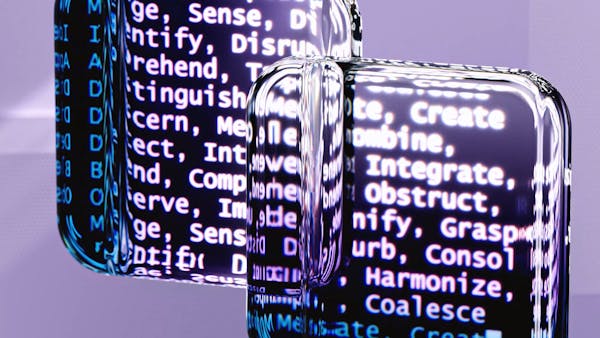Artificial Intelligence (AI) is changing many aspects of our lives, and education is no exception. AI is transforming the classroom experience in exciting and innovative ways. Here’s a look at how AI is making a difference for students and teachers.
1. Personalized Learning
AI helps create personalized learning experiences for students. By analyzing each student’s strengths and weaknesses, AI can suggest tailored lessons and activities. This means that students get the help they need in areas they find difficult and can move ahead faster in areas where they excel.
2. Intelligent Tutoring Systems
AI-powered tutoring systems are like having a personal tutor available 24/7. These systems can provide explanations, answer questions, and give practice problems. They adapt to the student’s learning pace and style, offering support whenever it’s needed.
3. Automated Grading
Grading can be time-consuming for teachers. AI can automate grading for multiple-choice tests, essays, and even complex assignments. This saves teachers time, allowing them to focus more on teaching and interacting with students. It also provides students with quicker feedback on their work.
4. Virtual Classrooms
AI enables virtual classrooms, which are especially useful for remote learning. Virtual classrooms use AI to create interactive and engaging online learning environments. Students can participate in live classes, access recorded lessons, and use interactive tools to enhance their learning.
5. Smart Content
AI helps in creating smart content, such as digital textbooks that are interactive and up-to-date. These textbooks can include quizzes, summaries, and other features that make learning more engaging. AI can also create customized study materials based on the student’s progress.
6. Enhanced Student Engagement
AI tools can make learning more engaging for students. For example, AI can use gamification techniques to make lessons more fun and interactive. By turning learning into a game, students are more motivated and engaged.
7. Language Translation
For students who are non-native speakers, AI provides language translation services. This helps in breaking down language barriers, making it easier for these students to understand the lessons and participate in class.
8. Predictive Analytics
AI uses predictive analytics to help teachers identify students who might be struggling. By analyzing data on student performance, AI can alert teachers to potential issues before they become serious problems. This allows for early intervention and support.
9. Administrative Tasks
AI can handle many administrative tasks, such as scheduling, attendance tracking, and record-keeping. This reduces the workload for teachers and administrative staff, allowing them to focus more on educational activities.
10. Continuous Improvement
AI systems continuously learn and improve over time. As they interact with more students and teachers, they get better at providing accurate recommendations, effective tutoring, and personalized learning experiences.
In conclusion, AI is transforming the classroom experience by personalizing learning, providing intelligent tutoring, automating grading, enabling virtual classrooms, creating smart content, enhancing student engagement, offering language translation, using predictive analytics, handling administrative tasks, and continuously improving. These advancements make learning more effective, efficient, and enjoyable for both students and teachers.
Author: Prosper Wise













Post a Comment
Please, share your thought with us...